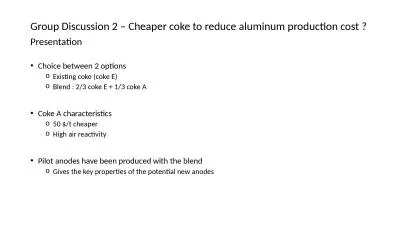PDF-Going to Release 12? Upgrading Is Faster, Better and Cheaper than Reim
Author : briana-ranney | Published Date : 2015-10-08
xMCIxD 2 xMCIxD 2 xF0A7 Even though data conversion tools these days are powerful and programmers in the global data centers are inexpensive dealing with data history
Presentation Embed Code
Download Presentation
Download Presentation The PPT/PDF document "Going to Release 12? Upgrading Is Faster..." is the property of its rightful owner. Permission is granted to download and print the materials on this website for personal, non-commercial use only, and to display it on your personal computer provided you do not modify the materials and that you retain all copyright notices contained in the materials. By downloading content from our website, you accept the terms of this agreement.
Going to Release 12? Upgrading Is Faster, Better and Cheaper than Reim: Transcript
Download Rules Of Document
"Going to Release 12? Upgrading Is Faster, Better and Cheaper than Reim"The content belongs to its owner. You may download and print it for personal use, without modification, and keep all copyright notices. By downloading, you agree to these terms.
Related Documents

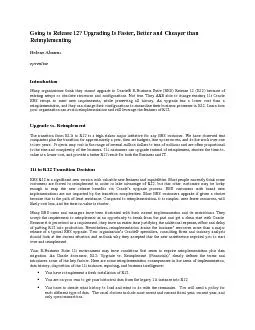

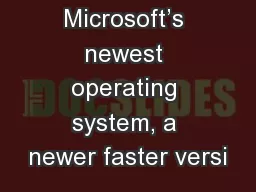

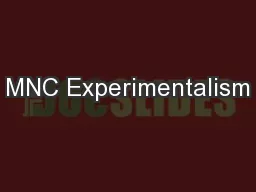

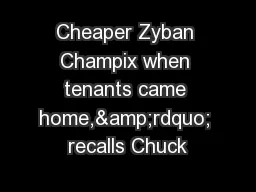
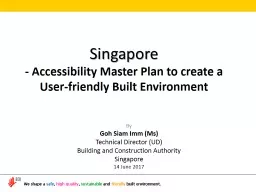
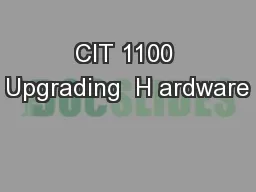
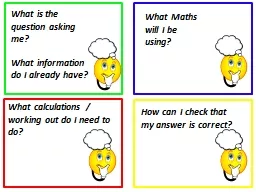
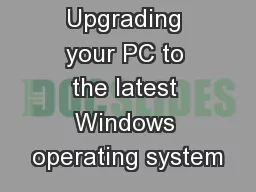
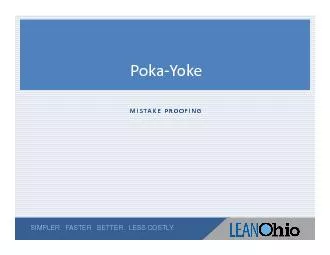
![[EPUB] - Don\'t Pay for Your MBA: The Faster, Cheaper, Better Way to Get the Business](https://thumbs.docslides.com/906866/epub-don-t-pay-for-your-mba-the-faster-cheaper-better-way-to-get-the-business-education-you-need.jpg)
